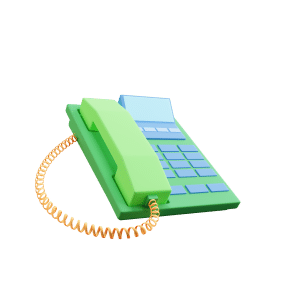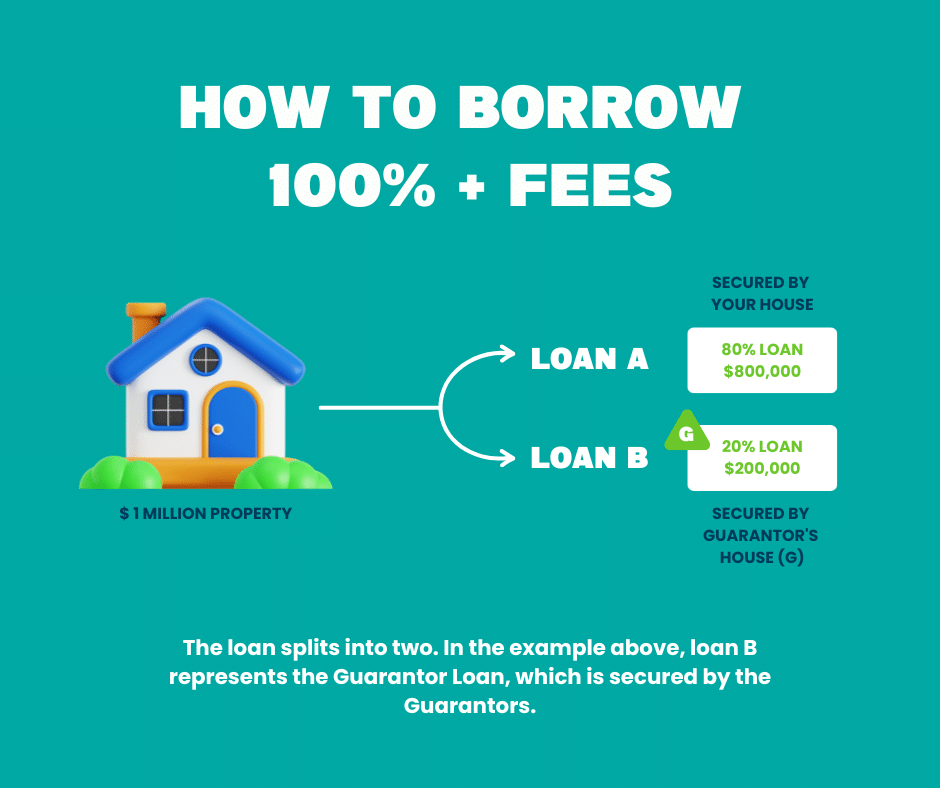Guarantor loans are quite similar to a standard home loan, however the major point of difference is a selected guarantor – commonly a parent – offer their own assets (usually one property) as security to the loan.
Considering the benefit of side stepping saving for a 20% deposit, guarantor home loans are on the rise. While they have proven to be an incredibly effective strategy for breaking into the property market faster, understanding how to remove a guarantor and when you should do so is equally important.
Understanding The Process Of Removing A Guarantor
While the risks of becoming a guarantor aren’t to be denied or dismissed, the good news is that defaults of this magnitude are relatively uncommon. In addition, many guarantors have the option to only “cover” the buyer until they have paid back the 20% deposit minimum, or until their property value grows so that the loan balance is under 80% of the property value.
If you have made consistent repayments to your mortgage and have significantly reduced the size of your loan, you may be able to remove a guarantor, as this will relieve them from the financial risk of being in such a position. Most homeowners who have gone down the path of a guarantor loan aim to remove a guarantor as quickly as possible, but there are a few factors that will dictate whether a lending institute will allow their exit.
To avoid being hit with Lenders Mortgage Insurance, guarantor loans are generally in place until the borrower has repaid a minimum of 20% of the total loan, or until their property value grows so that the loan balance is under 80% of the property value.
While each lending institute will have slight variations linked to specific guidelines, the general rule is that a guarantor will remain linked to the property in question until the primary buyer actually applies to discharge the guarantor. Until the lending institute approves the changes, the guarantor home loan will still apply.
As a general rule, guarantor loans tend to remain in place anywhere between two and five years. However, this figure can fluctuate depending on how quickly the primary borrower is able to pay down their loan amount, and how fast their property increases in value.
To remove a guarantor you can refinance your mortgage. Alternatively, most banks will allow a borrower to remain on the same loan product when removing a guarantor at 80% LVR.












